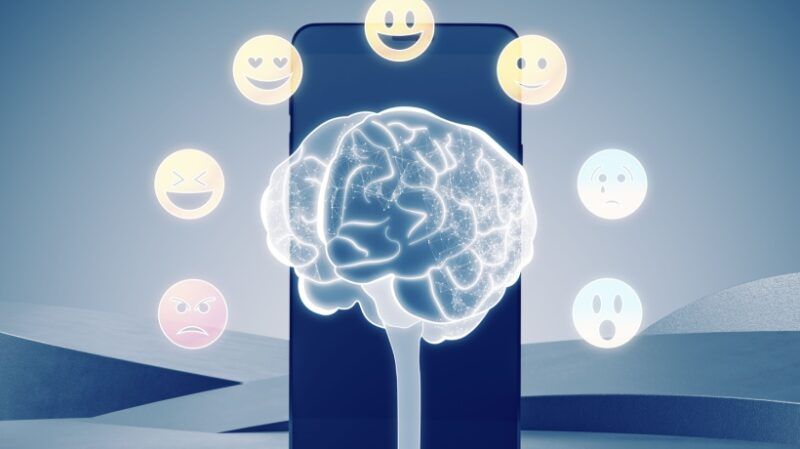
The Essential Role of Emotional Intelligence in Leadership
Having immersed myself in Learning and Development (L&D) for over two decades, one truth stands clear: effective leadership hinges on emotional intelligence (EI). As I’ve navigated diverse corporate environments and witnessed shifts in leadership paradigms, it has become evident that high EI not only bolsters individual productivity but also fosters a sustainable organizational culture. In this article, I will explore the intricacies of emotional intelligence as a leadership quality, back it up with compelling statistics, and provide insights into modern leadership development strategies.
Defining Emotional Intelligence for Leaders
Emotional intelligence encompasses the ability to recognize, comprehend, and manage one’s own emotions as well as those of others. For leaders, five crucial components of EI are vital:
- Self-awareness
Understanding the emotions that drive your reactions, such as anger, sadness, or joy. - Self-regulation
Channeling emotional responses constructively, especially in high-pressure situations. - Motivation
Maintaining focus and enthusiasm towards goals, even amidst challenges. - Empathy
Recognizing and validating the feelings of others and responding appropriately. - Social skills
Cultivating meaningful relationships and rapport with team members.
From my extensive experience in crafting and deploying leadership programs across various organizations, it’s clear that these traits are not just desirable; they are essential competencies that can be cultivated and scaled, significantly enhancing leadership effectiveness.
Why Emotional Intelligence is Crucial in Corporate Learning
The traditional corporate model has long prioritized hard skills and technical expertise at the leadership level. However, in today’s fast-paced, people-centric workplaces, a different skill set is required. Leaders must connect with, inspire, and engage their teams—an endeavor that demands emotional acuity.
According to TalentSmart, a staggering 90% of high-performing individuals exhibit high emotional intelligence, which accounts for 58% of job performance, irrespective of IQ or technical skills. Moreover, projections from the World Economic Forum underscore the growing priority of emotional intelligence, especially as AI and automation take over more transactional roles. This makes EI an essential asset for contemporary leaders.
The Organizational Benefits of Emotionally Intelligent Leadership
In my two decades of collaboration with senior leadership teams, I have observed the profound impact of emotional intelligence on leadership capabilities:
1. Resilient Decision-Making
Emotionally intelligent leaders remain composed, ensuring unbiased decisions even in crisis situations such as mergers, layoffs, or urgent challenges. Their ability to navigate stress with poise leads to more balanced outcomes.
2. Enhanced Employee Engagement
A Gallup study revealed that employee engagement is largely influenced by their managers. Leaders who grasp emotional nuances create supportive environments, leading to higher job commitment and lower turnover.
3. Effective Conflict Resolution
Leaders with strong emotional intelligence navigate conflicts adeptly, allowing for productive disagreements and proving capable of managing emotional triggers while implementing preventive strategies.
4. Improved Team Collaboration
Emotionally intelligent leadership fosters collaboration as teams transition from isolated efforts to cohesive partnerships, promoting open communication and collaborative spirit.
5. A Culture of Inclusion and Belonging
To nurture an inclusive workplace, leaders must first cultivate their own emotional awareness. By addressing conscious and unconscious biases, they actively promote diversity within their organizations.
Effective Strategies for Integrating Emotional Intelligence into Leadership Development
Based on my extensive experiences in L&D, I have developed actionable strategies to enhance emotional intelligence among leaders. If you’re a professional in this field, consider implementing these approaches to enrich your leadership training programs:
Assessment and Benchmarking
Utilize validated tools to assess leaders’ emotional intelligence, enabling them to identify growth opportunities.
Scenario-Based Simulations
Create realistic, emotionally charged scenarios through simulations and role-plays that allow leaders to practice emotional expression and empathy.
Executive Coaching
Pair leaders with certified coaches who specialize in emotional intelligence development, fostering individual growth.
Peer Learning Circles
Facilitate organized peer groups where leaders can discuss challenging emotional scenarios, reducing the stigma around mistakes and promoting open dialogue.
Ongoing Reflection
Encourage leaders to maintain a reflective journal where they can process their experiences and emotions, facilitating continuous emotional growth.
Integration with Performance Metrics
Link emotional intelligence objectives with performance metrics, ensuring that EI becomes a prioritized focus within the organization.
Navigating the Post-Pandemic Workplace: The Hybrid Leadership Challenge
In a world forever changed by the pandemic, leaders are now tasked with managing hybrid work environments and navigating digital communication. The ability to regulate emotions and foster relationships remains paramount in this context.
In the absence of face-to-face interaction, emotionally intelligent leaders utilize direct communication, empathy, and trust-building as foundational tools, essential for team cohesion. In today’s competitive landscape, those who can navigate social intricacies will naturally attract and retain top talent.
Final Thoughts from Two Decades of Experience
Whether mentoring emerging leaders or designing expansive training programs, one takeaway is unmistakable: emotional intelligence is a cornerstone of exceptional leadership and organizational success. As L&D professionals, it’s crucial to transition from viewing emotional intelligence as a soft skill to recognizing it as a pivotal leadership attribute—one that not only motivates employees but also cultivates a thriving workplace culture.
Key Takeaway
If your leadership development initiatives focus solely on cognitive capabilities, it’s time for a reevaluation. The core of any effective L&D strategy should be centered around leaders’ emotional intelligence—not merely as an accessory, but as a foundational element. When leaders embrace empathy, awareness, and authenticity, the organization is poised for success.



